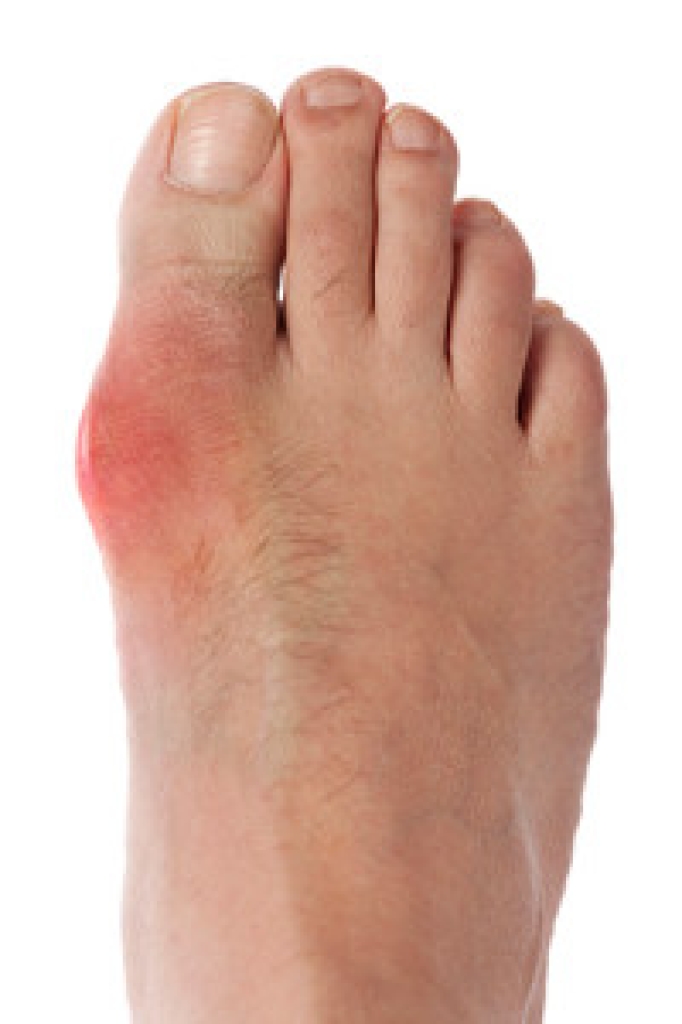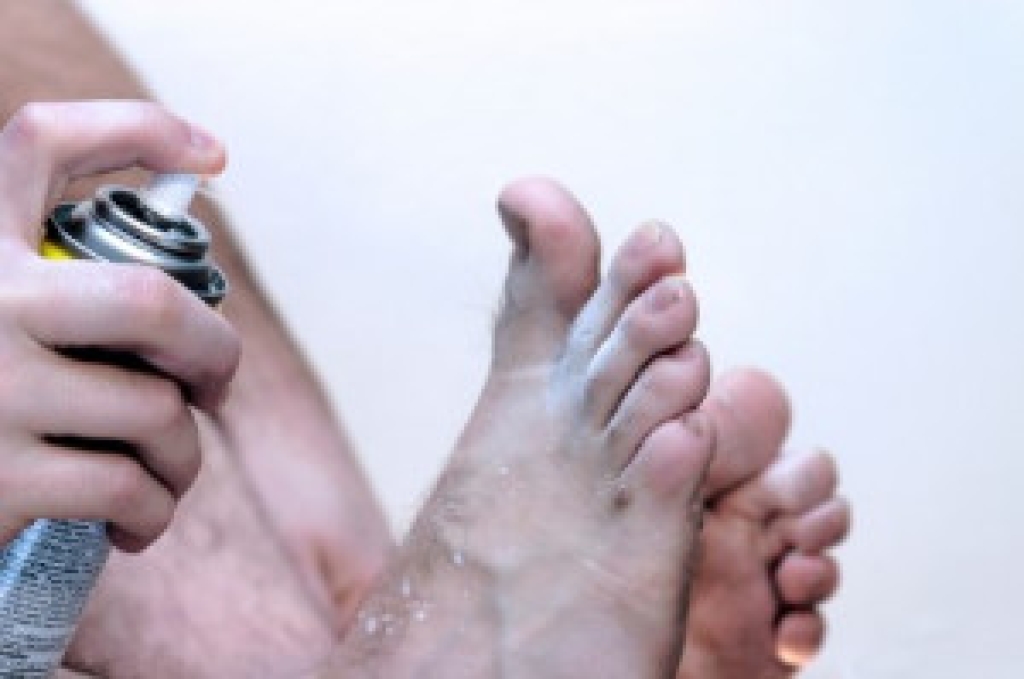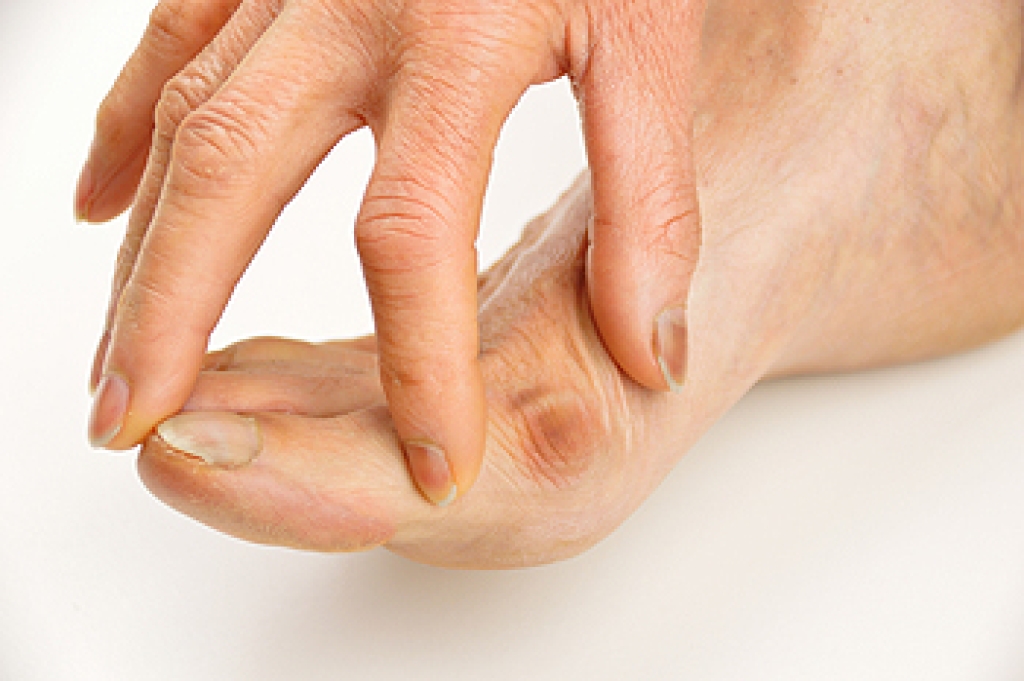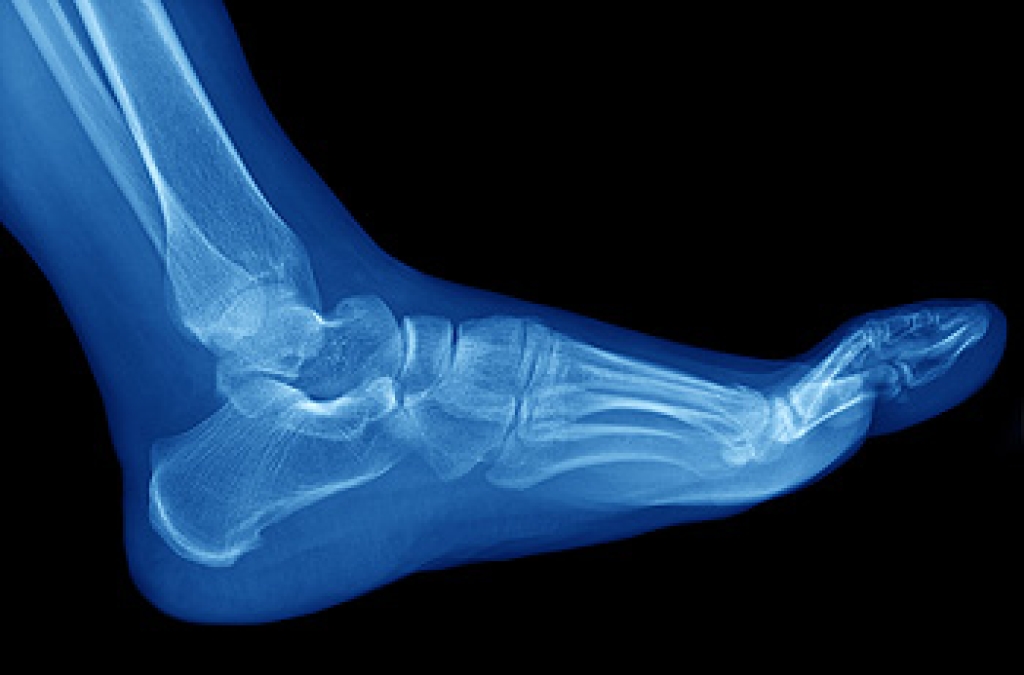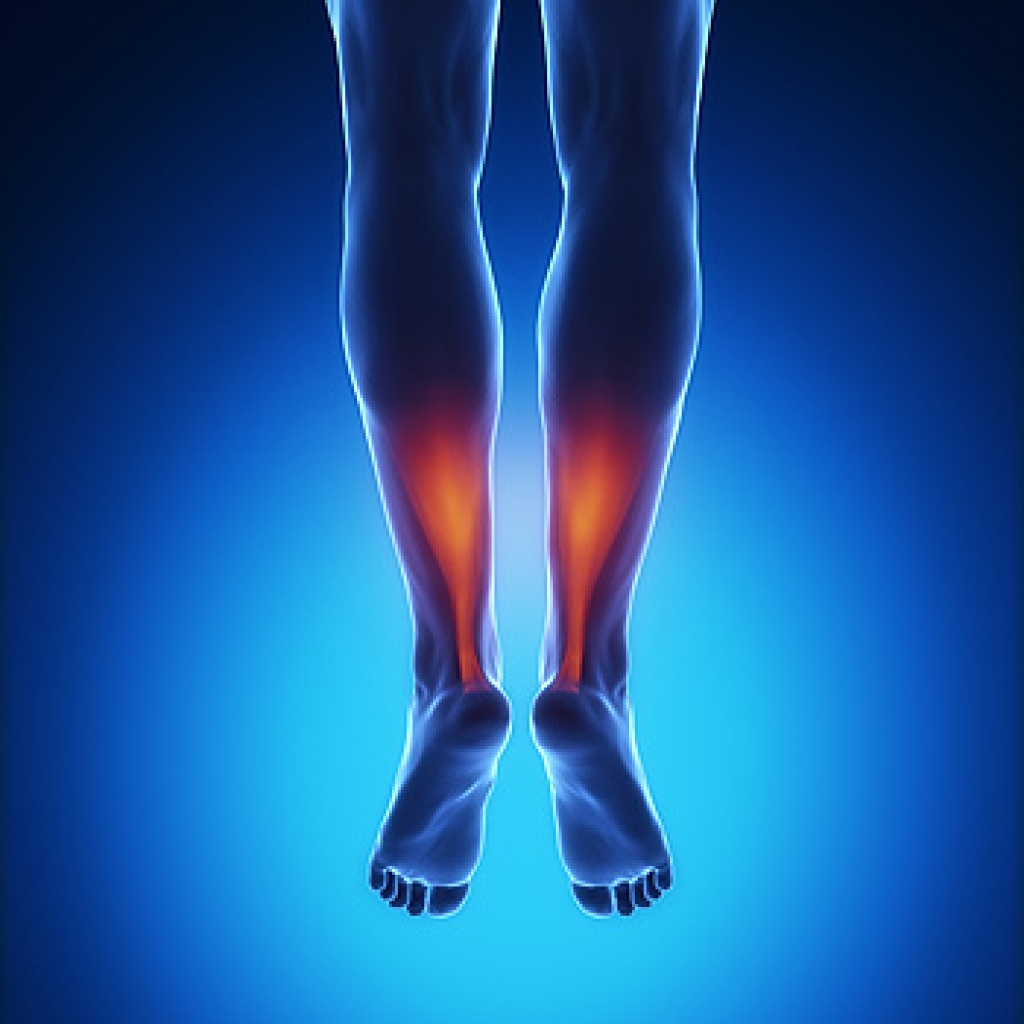 The Achilles tendon is one of the longest tendons in the body, and its purpose is to connect the heel bone to the calf. If an injury should occur to the Achilles tendon, severe pain may be felt. An acute tear to the Achilles tendon is often due to a sports mishap. If you are involved in tennis, soccer, volleyball, or similar sports, this type of injury may be more likely to occur. If you feel that damage may have been done to the Achilles tendon, swelling, stiffness, and reduced strength in the foot may be experienced. To determine the severity of the injury, an MRI or ultrasound may be performed. Treatment will typically consist of resting the foot, wearing different footwear, or using orthotic devices. Schedule a consultation with your podiatrist for a proper evaluation if you believe you've sustained an Achilles tendon injury.
The Achilles tendon is one of the longest tendons in the body, and its purpose is to connect the heel bone to the calf. If an injury should occur to the Achilles tendon, severe pain may be felt. An acute tear to the Achilles tendon is often due to a sports mishap. If you are involved in tennis, soccer, volleyball, or similar sports, this type of injury may be more likely to occur. If you feel that damage may have been done to the Achilles tendon, swelling, stiffness, and reduced strength in the foot may be experienced. To determine the severity of the injury, an MRI or ultrasound may be performed. Treatment will typically consist of resting the foot, wearing different footwear, or using orthotic devices. Schedule a consultation with your podiatrist for a proper evaluation if you believe you've sustained an Achilles tendon injury.
Achilles tendon injuries need immediate attention to avoid future complications. If you have any concerns, contact one of our podiatrists of APEX Foot & Ankle Center. Our doctors can provide the care you need to keep you pain-free and on your feet.
What Is the Achilles Tendon?
The Achilles tendon is a tendon that connects the lower leg muscles and calf to the heel of the foot. It is the strongest tendon in the human body and is essential for making movement possible. Because this tendon is such an integral part of the body, any injuries to it can create immense difficulties and should immediately be presented to a doctor.
What Are the Symptoms of an Achilles Tendon Injury?
There are various types of injuries that can affect the Achilles tendon. The two most common injuries are Achilles tendinitis and ruptures of the tendon.
Achilles Tendinitis Symptoms
- Inflammation
- Dull to severe pain
- Increased blood flow to the tendon
- Thickening of the tendon
Rupture Symptoms
- Extreme pain and swelling in the foot
- Total immobility
Treatment and Prevention
Achilles tendon injuries are diagnosed by a thorough physical evaluation, which can include an MRI. Treatment involves rest, physical therapy, and in some cases, surgery. However, various preventative measures can be taken to avoid these injuries, such as:
- Thorough stretching of the tendon before and after exercise
- Strengthening exercises like calf raises, squats, leg curls, leg extensions, leg raises, lunges, and leg presses
If you have any questions please feel free to contact our offices located in Fort Myers, Shellpoint, and Naples, FL . We offer the newest diagnostic tools and technology to treat your foot and ankle needs.
